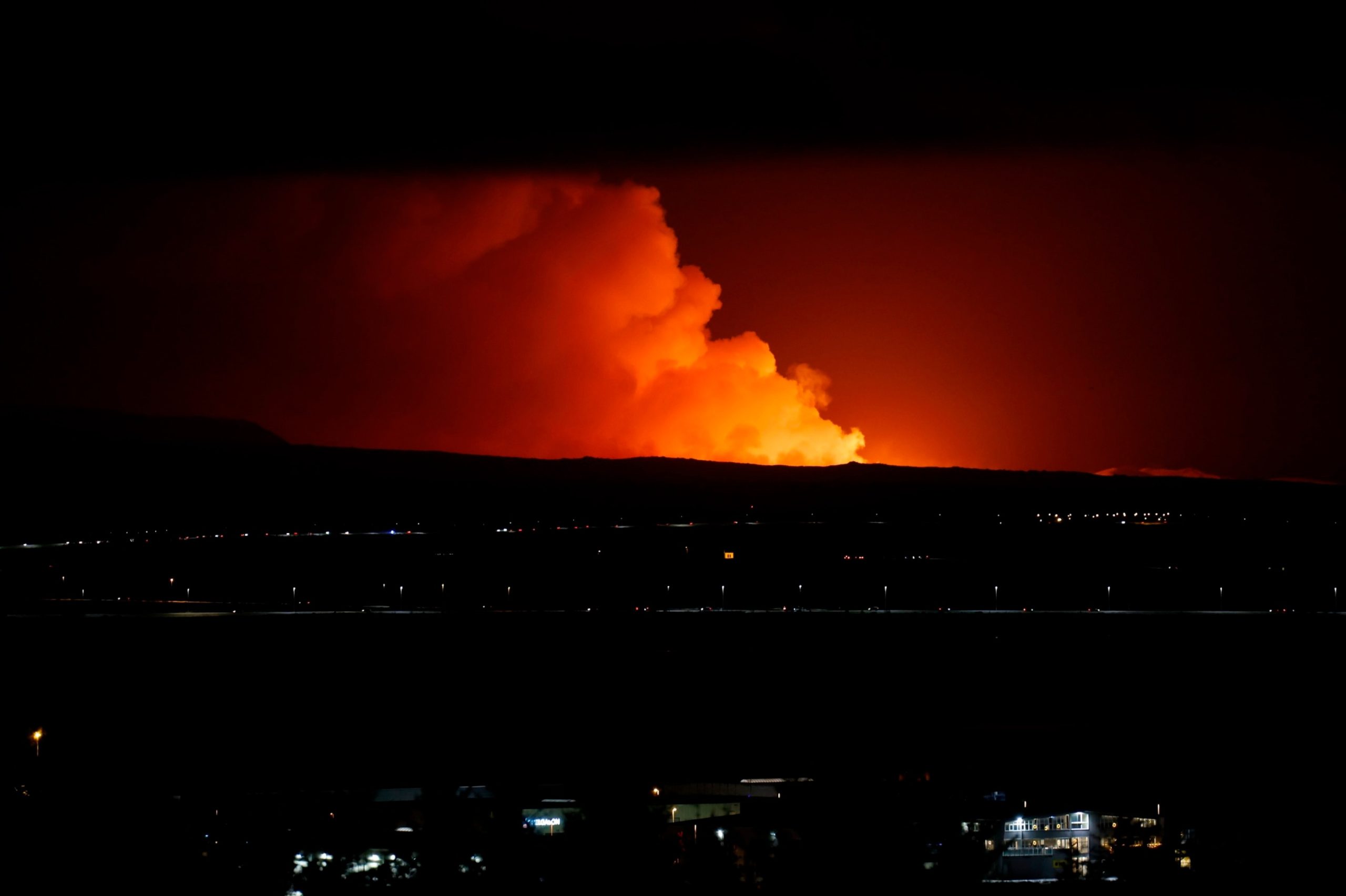Iceland’s Southwest Coast Experiences Volcanic Eruption Following Recent Earthquakes
Iceland, known for its stunning landscapes and geological wonders, has once again captured the world’s attention with a volcanic eruption along its southwest coast. This eruption comes in the wake of a series of recent earthquakes that have been shaking the region.
The eruption began on March 19, 2021, in the Reykjanes Peninsula, which is located just south of Iceland’s capital city, Reykjavik. The volcano responsible for this eruption is called Fagradalsfjall, and it had been dormant for nearly 6,000 years. The eruption has not caused any immediate danger to human life or property, but it has created a spectacle that has attracted locals and tourists alike.
The recent earthquakes in the area were a clear indication that something was brewing beneath the surface. Over 50,000 earthquakes were recorded in the region in the past few weeks, with the largest one measuring a magnitude of 5.7. These seismic activities were a result of tectonic plates moving apart, creating cracks and fissures through which magma could reach the surface.
The eruption itself is considered relatively small and effusive, meaning that lava flows slowly and steadily rather than exploding violently. This type of eruption allows for a safer viewing experience for those who wish to witness this natural phenomenon up close. However, it is important to note that venturing too close to the eruption site can still be dangerous due to the presence of toxic gases and unpredictable lava flows.
The Icelandic authorities have taken necessary precautions to ensure public safety. They have established restricted areas around the eruption site and have deployed emergency services to monitor the situation closely. Additionally, they have provided guidelines for visitors, emphasizing the importance of staying on marked paths and following instructions from local authorities.
Despite the potential risks, many people are flocking to witness this rare event. The eruption has become a popular attraction for locals and tourists, offering a unique opportunity to witness the raw power of nature. Visitors can see the glowing lava flows, hear the hissing sounds of escaping gases, and feel the heat radiating from the volcanic activity.
The eruption also presents a scientific opportunity for researchers and geologists. They can study the volcanic activity and its impact on the surrounding environment, contributing to our understanding of volcanic processes and their long-term effects. This knowledge can help in developing better strategies for managing volcanic hazards in the future.
While the eruption is undoubtedly captivating, it is important to remember that it is a natural event that can be unpredictable. As with any natural disaster, it is crucial to prioritize safety and follow the instructions of local authorities. Visitors should also be mindful of the fragile ecosystem surrounding the eruption site and avoid causing any harm to the environment.
Iceland’s southwest coast volcanic eruption following recent earthquakes serves as a reminder of the country’s unique geological landscape and its constant state of change. It highlights the power and beauty of nature while also reminding us of our vulnerability in the face of such forces. As people continue to visit and witness this extraordinary event, it is crucial to maintain a balance between curiosity and caution, ensuring both personal safety and environmental preservation.



